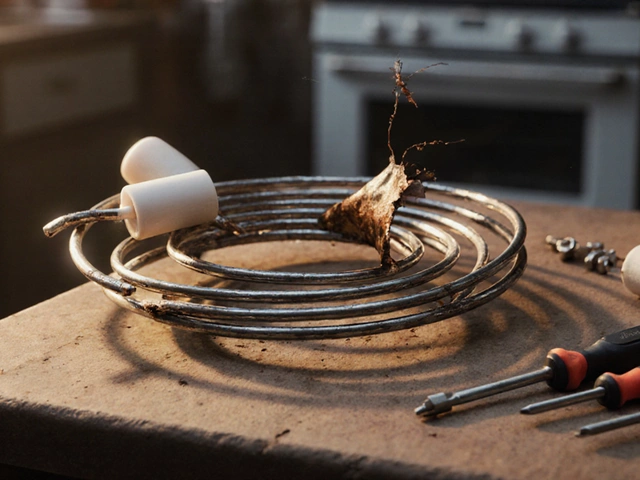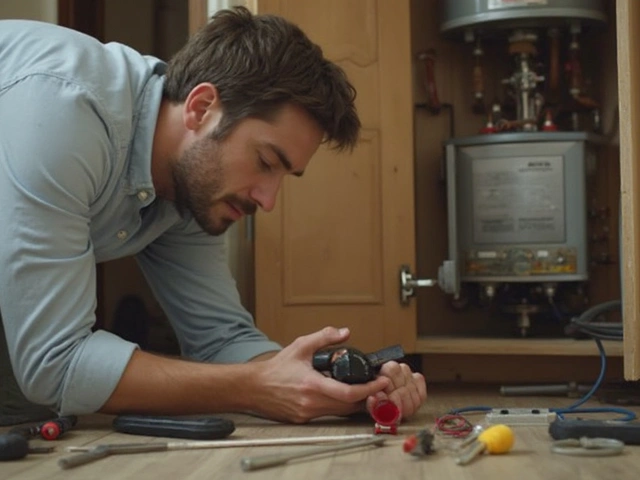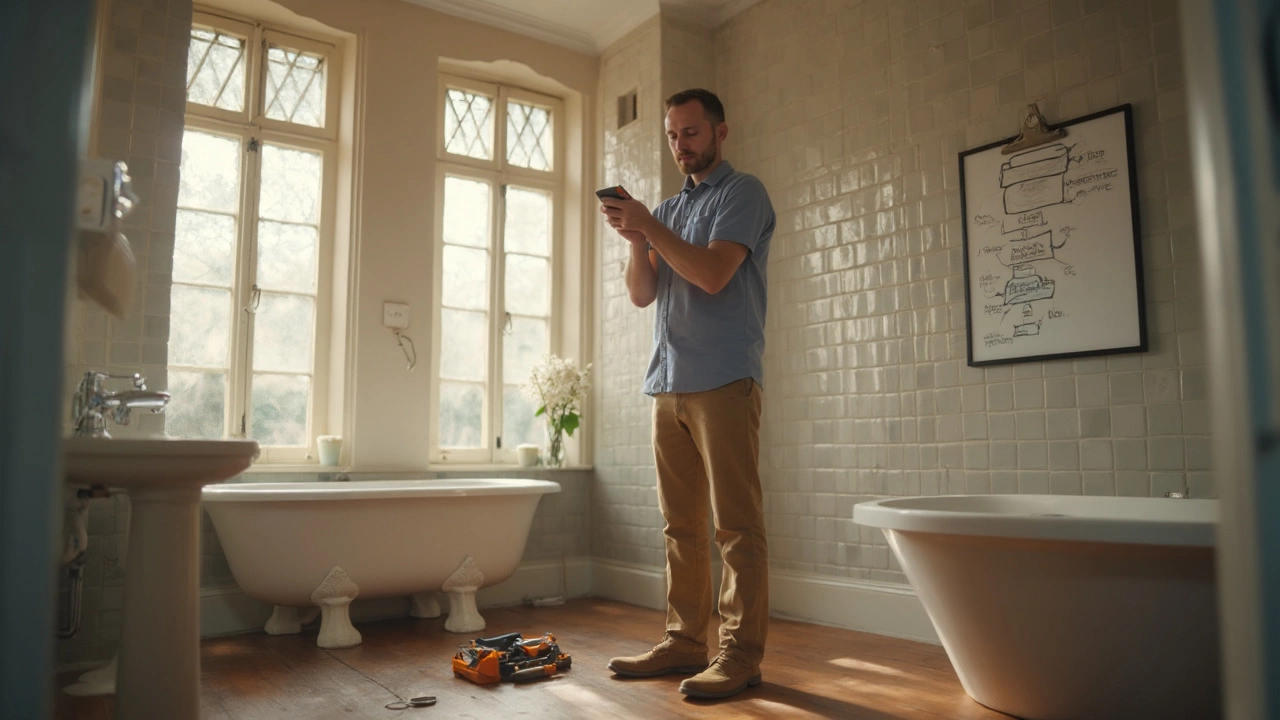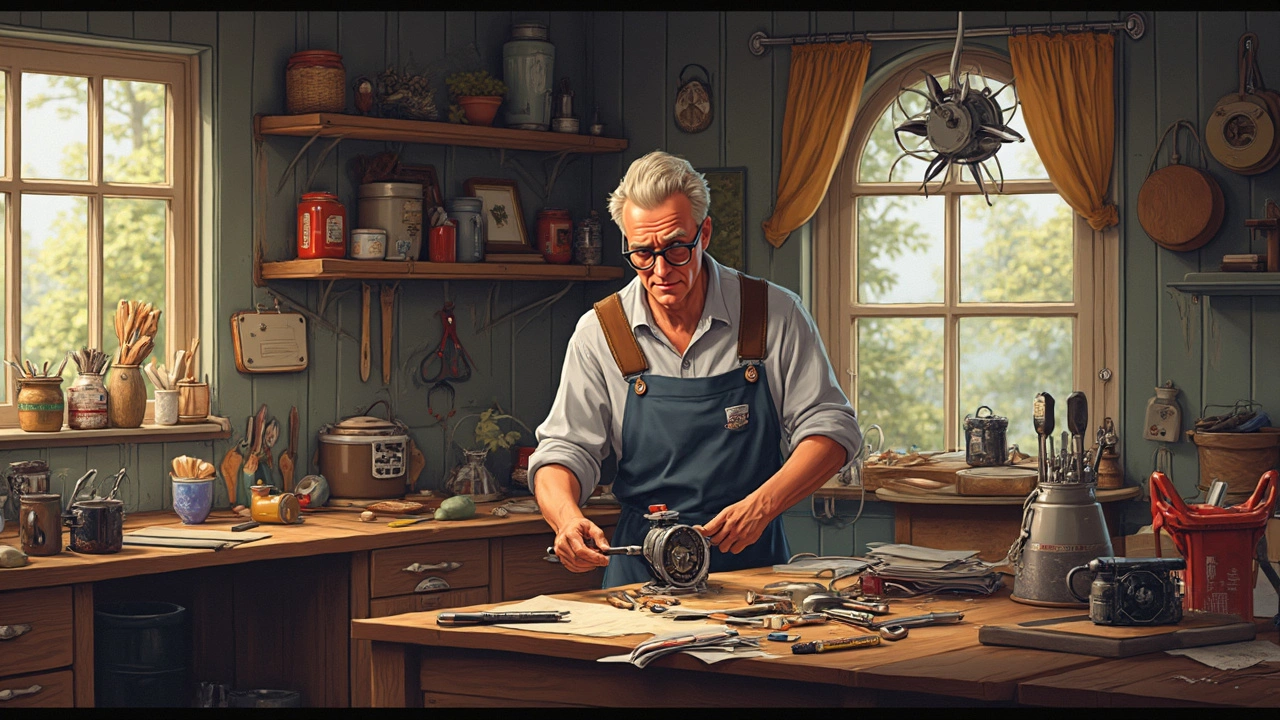DIY Repair Guide – Simple Tips to Fix Home Appliances
Got a broken fridge, noisy washing machine, or a stove that won’t heat? You don’t always need to call a technician. With the right know‑how and a few tools, many everyday problems can be solved in an afternoon. This guide walks you through the most common issues and gives you clear steps to get the job done safely.
Common Appliance Problems You Can Tackle
Fridge not cooling – First, check the condenser coils. Dust buildup blocks airflow and forces the fridge to work harder. Unplug the unit, pull it away from the wall, and vacuum the coils with a brush attachment. Next, listen for the compressor clicking; if it’s silent, the start relay may need replacing – a quick swap you can do with a screwdriver.
Washing machine won’t spin – Usually it’s a blocked pump or a worn drive belt. Open the back panel, locate the pump, and clear any lint or debris. If the belt looks frayed, pull it off the pulleys and install a new one of the same size. Reassemble, plug back in, and run a spin cycle to test.
Oven not heating – For electric ovens, a faulty heating element is the usual culprit. Remove the oven door, locate the element, and test it with a multimeter for continuity. No reading means the element is dead – unscrew it, replace with the exact model number, and secure it back in place.
Extractor fan humming but not moving air – The motor may be clogged with grease. Turn off power, remove the fan cover, and soak the blades in hot soapy water. While it’s drying, check the motor shaft for wobble; a simple bearing clean‑up can restore smooth operation.
When to Call the Pros
Even the best DIYer knows when a job is beyond safe limits. If you encounter gas lines, high‑voltage wiring, or a leaking water heater, stop and call a qualified technician. Also, if a repair takes more than a couple of hours and you’re still stuck, the time you spend troubleshooting may cost more than a professional visit.
Remember, safety first: always disconnect power or water before working on any appliance. Keep a basic toolbox – screwdrivers, pliers, a multimeter, and a set of replacement parts – handy. With these tools and the steps above, you’ll fix more than you thought possible and keep your home running smoothly.







